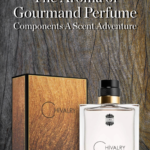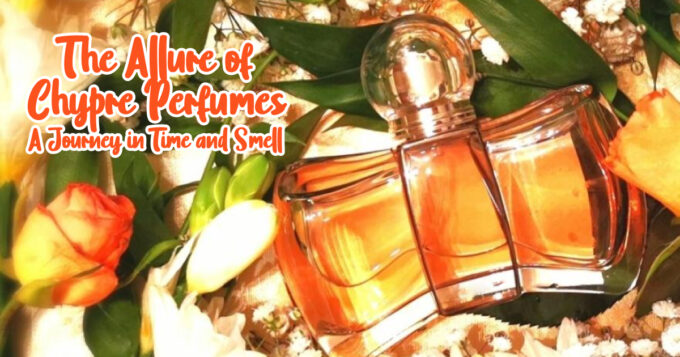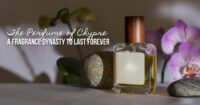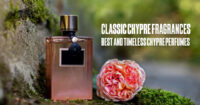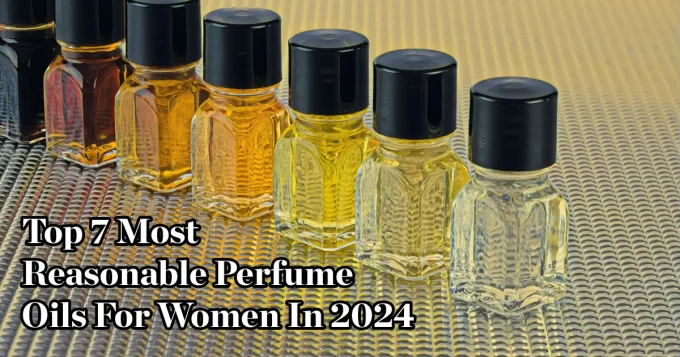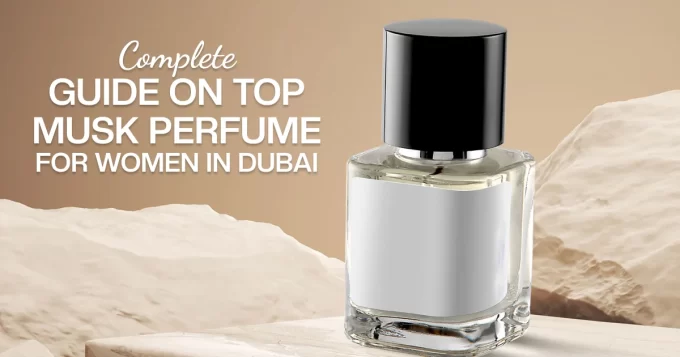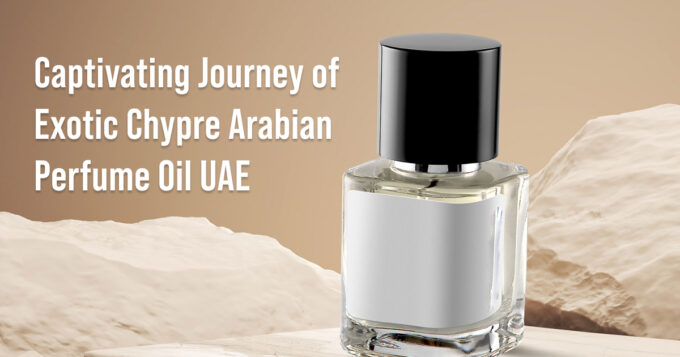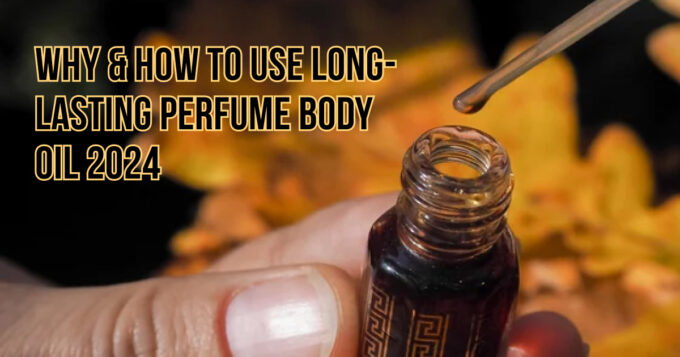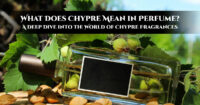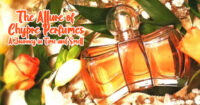How to Craft Amber Fragrances: An In-Depth Look at the Craft of Fragrance Creation
One of the most beloved and mysterious fragrances in the perfume industry is amber. Amber, which has a warm, rich, and resinous scent, gives any fragrance combination depth, richness, and an air of classic elegance. Amber creation in perfume is a science and an art that demands a deep comprehension of ingredients, blending methods, and the olfactory pyramid.
We’ll go over the history of amber in perfumery, the main components that go into making it, and how to make your own amber perfume step-by-step in this extensive guide.
The History of Amber in Fragrances
Scents of amber have a rich past. It used to refer to ambergris, a material that washes up on shore and has a distinct, musky scent. Ambergris is made by sperm whales. But in contemporary perfumery, the term “amber” usually refers to a fantasy accord, which is a combination of materials that together recreate the richness and warmth of genuine ambergris.
Ingredients like labdanum, benzoin, and vanillin are frequently combined with various resins and balsams in this contemporary amber accord to provide a sweet, woodsy, and slightly powdery perfume. This mixture perfectly encapsulates the modern definition of “amber”.
Essential Components for Amber
1. Labdanum: One of the main components of amber accords, labdanum is a resin derived from the Cistus ladanifer plant. The base of the amber note is its deep, balsamic, and faintly leathery aroma.
2. Benzoin: Originating from the Styrax tree’s bark, benzoin has a vanilla-like scent that is sweet with undertones of spice and balsam. It enhances the amber accord’s richness and depth.
3. Vanillin: The main ingredient in vanilla bean extract, vanillin gives the amber blend a soothing, creamy, and sweet scent.
4. Styrax: Another resin from the Styrax tree, this one matches the other elements of the amber harmony with a sweet, balsamic scent.
5. Myrrh: An fragrant resin derived from the Commiphora tree, myrrh gives the amber blend a subtle hint of spice and medicinal undertones, adding to its depth.
6. Other Resins and Balsams: To further enhance the depth and richness of the amber accord, consider using ingredients such as opoponax, Peru balsam, and Tolu balsam.
A Step-by-Step Guide to Making Amber Fragrances
An awareness of how components interact over time and a precise balance of ingredients are necessary when creating an amber perfume. This is a detailed tutorial on creating your own amber scent:
1. Assemble Your Supplies- Essential oils and resins, such as myrrh, styrax, benzoin, vanillin, and labdanum, as well as any additional balsams or resins you would like to use.
– A perfumer’s alcohol or a carrier oil (such as jojoba oil), depending on whether you’re creating an alcohol- or oil-based scent.
– Pipettes, droppers, and a small digital scale are the measuring instruments.
– Glass beakers, stirring sticks, and a funnel are the mixing tools.
– Glass containers to keep your fragrance.
2. Form the Basis Agreement – Start by combining the main ingredients of your amber concoction. An appropriate initial ratio could be:
– 40% labdanum – 30% benzoin – 20% vanillin – 10% styrax You can play with these ratios to suit your tastes, but bear in mind that the labdanum will add the base resinous quality, the benzoin will add sweetness, the vanillin will improve the creamy aspect, and the styrax will add even more balsamic richness.
3. Add Complementary Ingredients – Use tiny amounts of additional balsams and resins to create intricacy. As an illustration:
– 5–10 drops of myrrh for a medicinal, somewhat spicy flavor.
– A few drops of Tolu or Peru balsam, for added sweetness and depth.
Try varying the chemicals in your amber accord, such as opoponax, to make it even better.
4. Blend the Ingredients – Using a stirring stick to guarantee equal dispersion, thoroughly mix the ingredients in a glass beaker.
In case you are utilizing solid resins, gradually bring them to a liquid state in a double boiler and then combine them with the remaining ingredients.
5. Dilute the Concentrate – To make a wearable perfume, dilute your amber accord with perfumer’s alcohol or a carrier oil. A typical scent concentrate dilution ratio is 20–30% to 70–80% carrier. Depending on the desired strength of your scent, adjust this ratio.
6. Age the Perfume – Pour your mixed perfume into a glass container and store it in a cold, dark area for a minimum of two weeks. This enables the components to blend together and create a pleasing aroma character. To guarantee uniform mixing, give the bottle a little shake every few days.
7. Test and Adjust – Test the perfume on your skin after some time has passed. Take notice of how it changes over time, from the top notes (first application) to the base notes (dry-down). To get the right balance, modify as needed by adding more of any particular component.
8. Bottle and Store– After you’re happy with your amber fragrance, pour it into a pretty glass bottle to wear. To ensure the longevity and integrity of your perfume, store it somewhere cold and dark.
Advice for Constructing the Ideal Amber Fragrance
Start Small: To fine-tune your recipe without wasting components, start with small quantities.
Record Your Procedure: Make thorough records on all the materials and ratios you use, along with any modifications you make along the way. This will assist you in the future when recreating successful blends.
Try New Things and Experiment: Don’t be scared to try new things with unusual ingredients. With its adaptable base, amber can be combined with a wide range of notes, such as florals or spices, to produce distinctive and alluring fragrances.
Seek Feedback: To gather feedback, show your compositions to friends or other scent enthusiasts. They could pick up on subtleties that you overlooked and offer insightful commentary.
Final Thoughts
The process of making an amber perfume is fulfilling and combines science, creativity, and a profound understanding of fragrance art. Amber’s warmth, richness, and ageless appeal can be captured in a perfume by learning its essential ingredients and perfecting the blending technique. There are countless opportunities for experimentation and expression while crafting amber in perfume, whether you’re making it for yourself or to give to others. Accept the challenge, play around with various ingredients, and delight in the exquisite outcomes of your scented pursuits.




